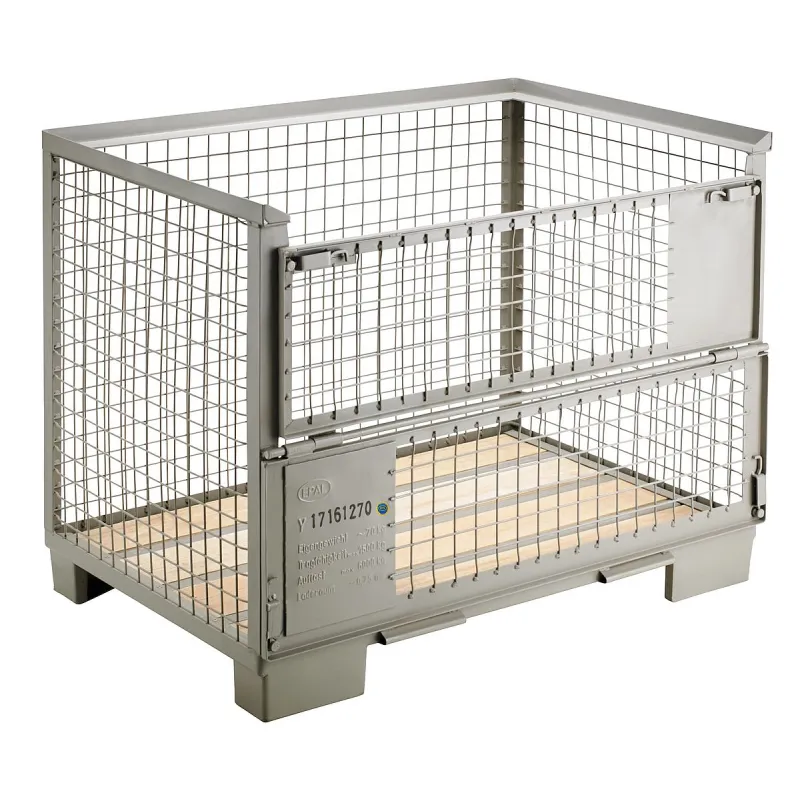stainless steel butterfly valve
Understanding Stainless Steel Butterfly Valves
In industrial applications, valves play a pivotal role in controlling the flow of fluids and gases. Among various types of valves available, stainless steel butterfly valves are known for their reliability, efficiency, and corrosion resistance. These valves are widely used across different industries, including water treatment, chemical processing, and HVAC systems.
What is a Butterfly Valve?
A butterfly valve is a quarter-turn rotational valve that uses a disc to regulate the flow of fluid. The disc is mounted on a stem, and when the valve is opened, the disc rotates to allow the flow to pass through. When closed, the disc blocks the flow. This design not only facilitates quick operation but also provides a compact and lightweight solution compared to other valve types. The simplicity of the butterfly valve makes it an attractive option for many applications.
Benefits of Stainless Steel Butterfly Valves
1. Corrosion Resistance One of the most significant advantages of stainless steel butterfly valves is their corrosion resistance. Stainless steel, particularly grades 304 and 316, contains chromium which forms a protective layer on the surface. This makes these valves ideal for harsh environments where exposure to moisture or chemicals can lead to corrosion in materials like carbon steel.
2. Durability and Strength Stainless steel valves are known for their strength and durability. They can withstand high pressures and temperatures without deforming or failing, which is particularly critical in high-stakes applications such as oil and gas industries. Their robust construction also means a longer lifespan with minimal maintenance compared to plastic or other material valves.
3. Lightweight and Compact Unlike larger gate or globe valves, butterfly valves are designed to be compact and lightweight. This feature makes them easier to install and reduces the overall weight of the piping system, which can be advantageous in applications where space and weight are critical considerations.
stainless steel butterfly valve

4. Versatility Stainless steel butterfly valves can handle a wide range of fluids and are suitable for varying conditions, including sanitary and non-sanitary environments. They can be used for regulating flow in water, slurries, oil, and gas, making them versatile for many applications across different industries.
5. Cost-Effectiveness While the initial investment in stainless steel valves may be higher than other materials, their durability and longevity offer a lower total cost of ownership. Reduced maintenance requirements and the ability to withstand extreme conditions without failing can lead to substantial savings over time.
Applications of Stainless Steel Butterfly Valves
Stainless steel butterfly valves find applications in numerous industries due to their unique properties. In the food and beverage industry, these valves are essential for maintaining hygiene and safety standards, as they can be easily cleaned and sterilized. Chemical processing plants utilize these valves for controlling the flow of corrosive liquids while preventing leaks and ensuring operator safety.
Moreover, in water and wastewater treatment facilities, stainless steel butterfly valves help manage flow and pressure in pipelines, ensuring the efficient processing of water resources. In HVAC systems, these valves are used to regulate airflow, improving the efficiency of heating and cooling systems.
Conclusion
Stainless steel butterfly valves are a vital component in various industrial processes, offering a perfect balance of durability, efficiency, and cost-effectiveness. Their ability to resist corrosion and withstand demanding conditions makes them suitable for a wide range of applications. As industries continue to evolve, the demand for reliable valve solutions like stainless steel butterfly valves will undoubtedly grow. Engineers and plant managers must consider these valves for their superior performance and longevity in their systems, ensuring smooth and efficient operations for years to come.
-
The Smarter Choice for Pedestrian AreasNewsJun.30,2025
-
The Gold Standard in Round Drain CoversNewsJun.30,2025
-
The Gold Standard in Manhole Cover SystemsNewsJun.30,2025
-
Superior Drainage Solutions with Premium Gully GratesNewsJun.30,2025
-
Superior Drainage Solutions for Global InfrastructureNewsJun.30,2025
-
Square Manhole Solutions for Modern InfrastructureNewsJun.30,2025
-
Premium Manhole Covers for Modern InfrastructureNewsJun.30,2025
